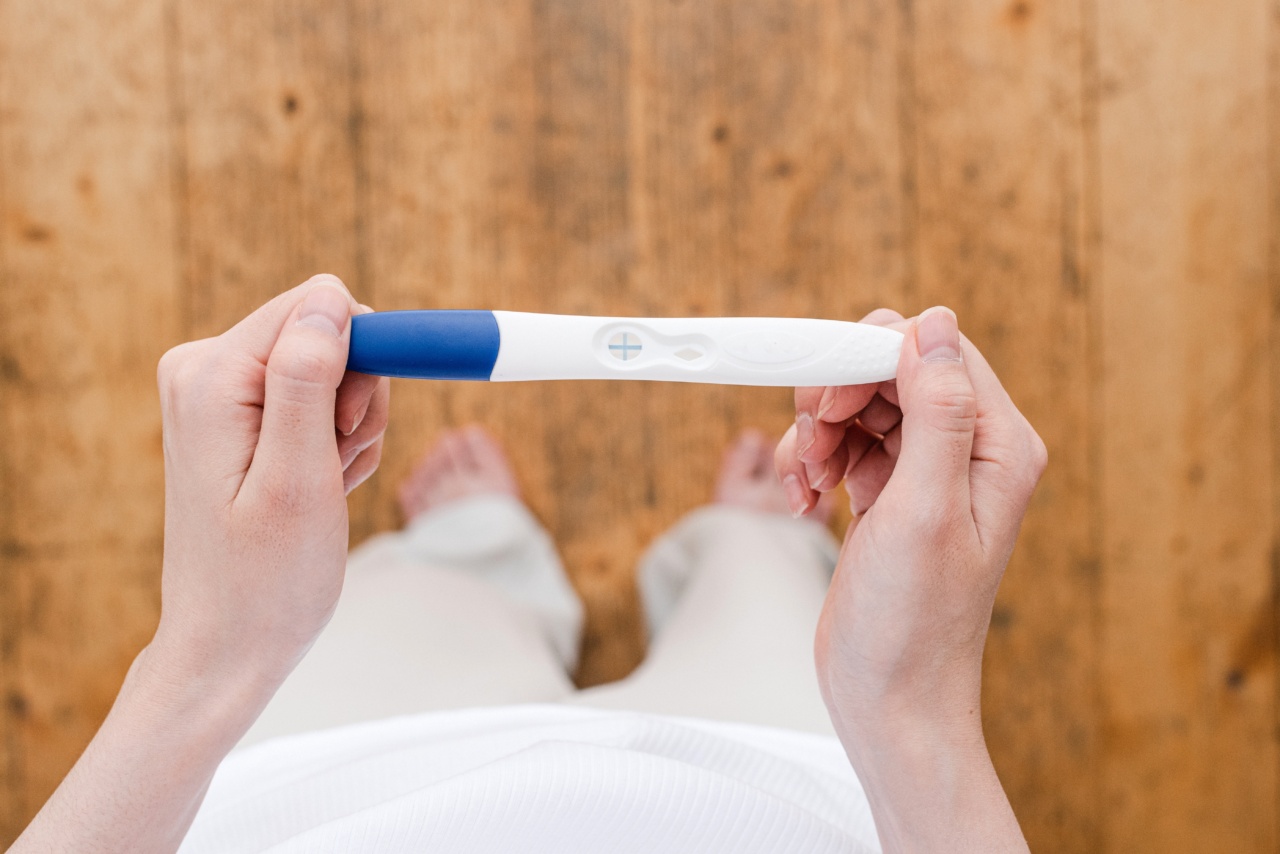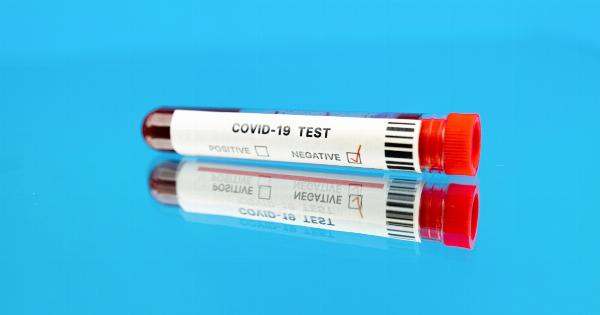Pregnancy tests are a crucial tool for women who suspect they may be pregnant. These tests work by determining the presence of the hormone human chorionic gonadotropin (hCG) in urine or blood.
Accurate results from a pregnancy test are vital as they can guide important decisions regarding prenatal care and reproductive health.
Choosing the Right Pregnancy Test
With numerous options available on the market, it’s essential to choose a reliable and accurate pregnancy test. Here are a few factors to consider:.
Sensitivity of the Test
The sensitivity of a pregnancy test refers to its ability to detect lower levels of hCG. Tests with higher sensitivity can detect pregnancy earlier than those with lower sensitivity.
If you suspect you may be pregnant before your missed period, look for tests labeled as “early detection” or “ultrasensitive.”.
Accuracy of the Test
Accuracy is a critical factor when selecting a pregnancy test. It is recommended to choose a test that has been approved by regulatory bodies, such as the FDA or other local health authorities.
Reading customer reviews and seeking recommendations from healthcare professionals can also be helpful in determining the accuracy of a particular test.
Types of Pregnancy Tests
Pregnancy tests come in two main types: urine and blood tests.
Urine Tests
Urine tests, also known as home pregnancy tests, are the most commonly used type. They are convenient, inexpensive, and available over-the-counter at most pharmacies.
Urine tests can be further divided into two categories: strip tests and midstream tests.
Strip tests are dipped directly into a urine sample collected in a cup. Midstream tests, on the other hand, are held directly in the urine stream during urination.
Both types have a specific window of time in which results should be read to ensure accuracy.
Blood Tests
Blood tests are typically carried out in healthcare settings, such as clinics or hospitals. These tests are more sensitive than urine tests and can detect pregnancy much earlier. There are two types of blood tests: qualitative and quantitative.
Qualitative blood tests determine if hCG is present in the blood. They provide a simple “yes” or “no” answer to confirm pregnancy. Quantitative blood tests, on the other hand, measure the exact amount of hCG in the blood.
These tests can also track the rise of hCG levels over time, which can be helpful for monitoring the progress of a pregnancy.
When and How to Take a Pregnancy Test
Knowing when and how to take a pregnancy test is crucial to ensure accurate results. Here are some key guidelines:.
Timing
The timing of taking a pregnancy test depends on the type of test being used. Most urine tests recommend waiting until the first day of a missed period. However, early detection tests can be taken a few days earlier.
Blood tests can detect pregnancy even earlier, sometimes as soon as six to eight days after ovulation.
Follow the Instructions
Using a pregnancy test correctly is vital for obtaining accurate results. Carefully read and follow the instructions provided with the test. Improper usage or misinterpretation of the instructions can lead to false results. Some common steps include:.
- Collecting a urine sample in a clean container
- Dipping the test strip into the urine sample or holding the midstream test under urine flow
- Waiting for the specified amount of time mentioned in the instructions
- Interpreting the results within the designated time frame
Interpreting Pregnancy Test Results
Interpreting the results of a pregnancy test correctly is crucial. Most tests use either lines, symbols, or digital displays to indicate the result. Here’s a basic guide:.
Positive Result
A positive result typically indicates the presence of hCG and confirms pregnancy. The test may display lines, change color, or show affirmative symbols.
Negative Result
A negative result, on the other hand, suggests the absence of hCG and indicates that pregnancy is unlikely. Different tests may display a single line, no color change, or negative symbols to represent a negative result.
Evaporation Lines and Indentation Lines
Evaporation lines and indentation lines can sometimes appear on a pregnancy test result. These lines are not indicative of pregnancy and are often caused by the evaporation of urine or manufacturing processes.
It is crucial to follow the test’s instructions and interpret the result only within the specified time frame.
Factors Affecting Pregnancy Test Results
Several factors can affect the accuracy of pregnancy test results. It’s important to keep these factors in mind to obtain the most reliable results:.
Testing Too Early
The accuracy of a pregnancy test greatly depends on the levels of hCG in the body. Testing too early, before hCG levels have had a chance to rise, can result in false negatives.
It’s best to wait until after a missed period or follow the instructions on early detection tests for the most accurate results.
Expired Tests
Using an expired pregnancy test can yield unreliable results. Always check the expiration date on the packaging before using a test. Expired tests may not produce accurate readings due to the degradation of chemicals within the test.
Wrongly Stored Tests
Storing pregnancy tests in extreme temperatures can affect their accuracy. It is important to follow the storage instructions provided with the test. Typically, tests should be kept in a cool, dry place and away from direct sunlight.
Medications and Medical Conditions
Some medications, such as fertility drugs containing hCG, can lead to false-positive results. Certain medical conditions, such as certain types of ovarian tumors, can also cause false-positive results.
If you are concerned about potential interference, it’s always best to consult with a healthcare professional.
Following up with a Healthcare Professional
While pregnancy tests are reliable for confirming pregnancy, it is always advisable to follow up with a healthcare professional. They can provide further guidance, perform additional tests, and answer any questions or concerns you may have.
Conclusion
Accurate results from a pregnancy test play a crucial role in the early detection and confirmation of pregnancy. By choosing the right test, following instructions carefully, and considering the influencing factors, women can obtain reliable results.
Remember, if you have any doubts or concerns, don’t hesitate to seek professional medical advice to ensure the best outcomes for you and your baby.





























